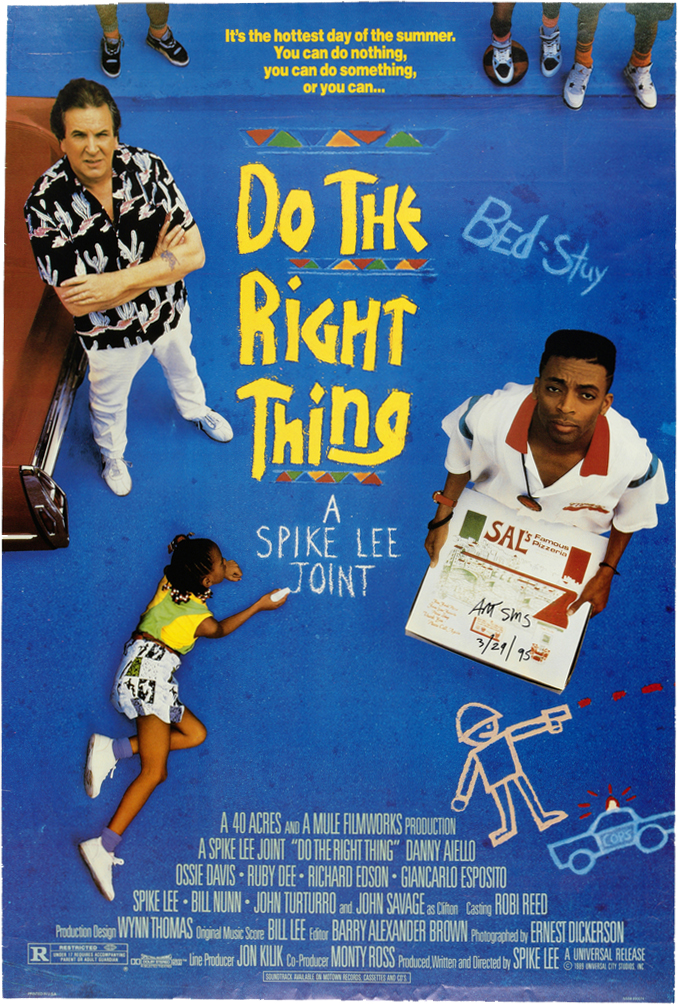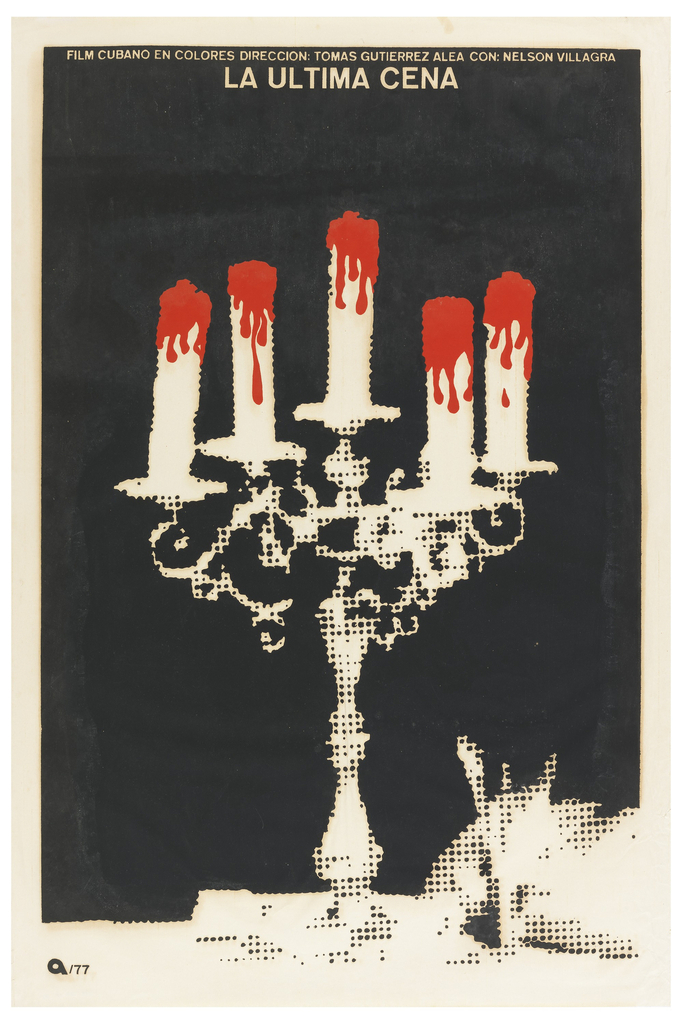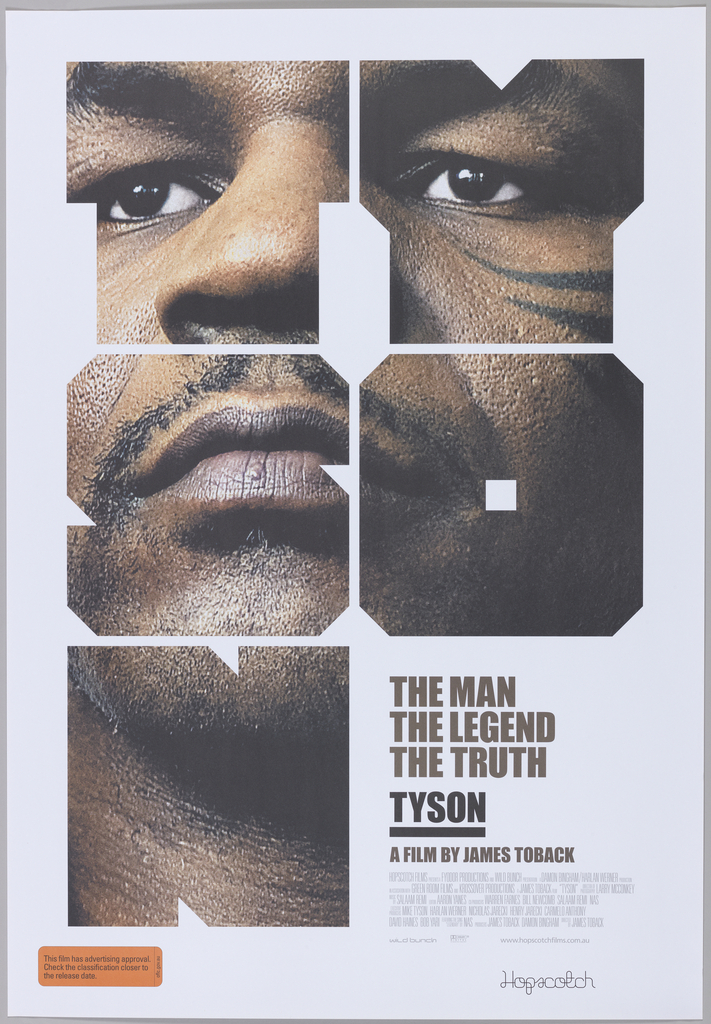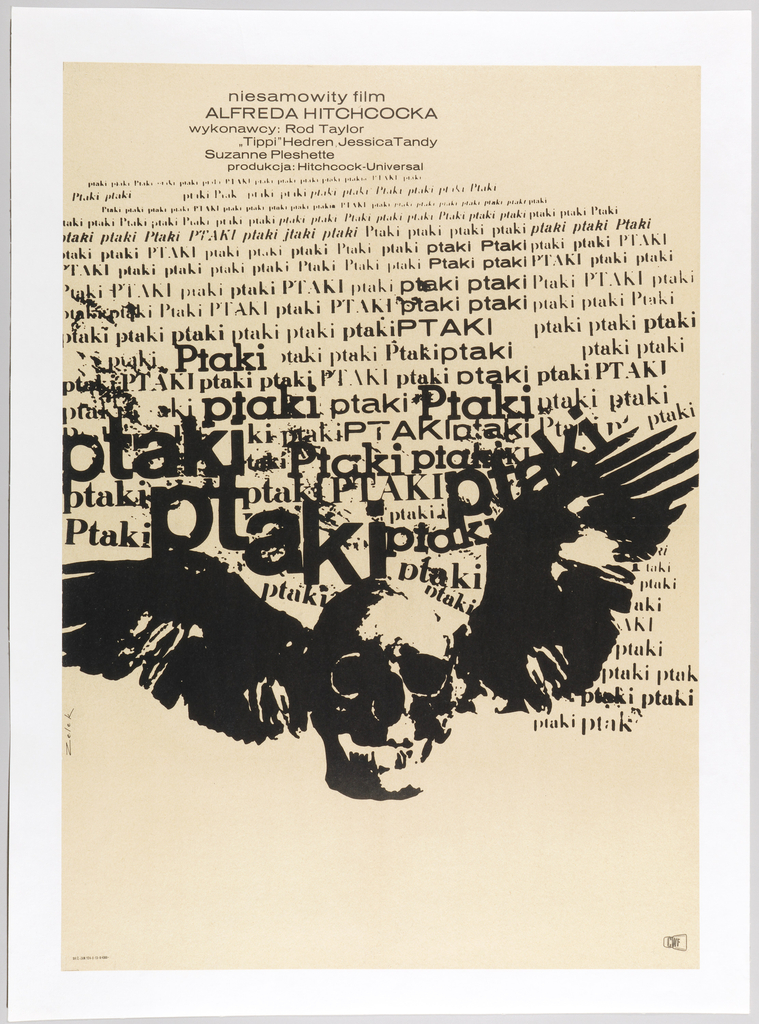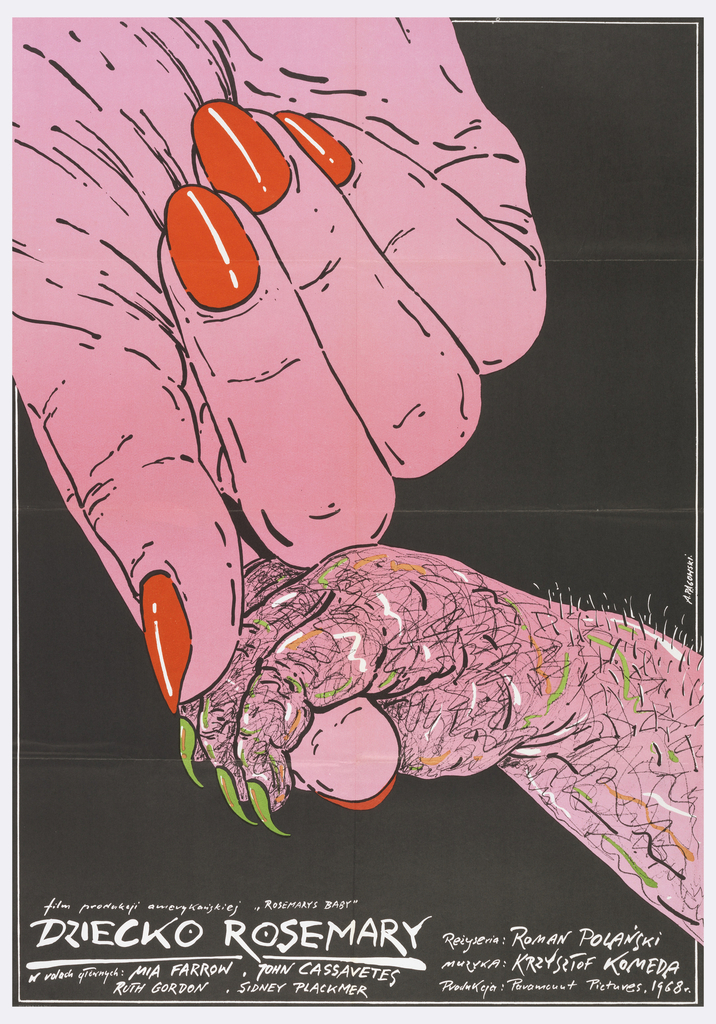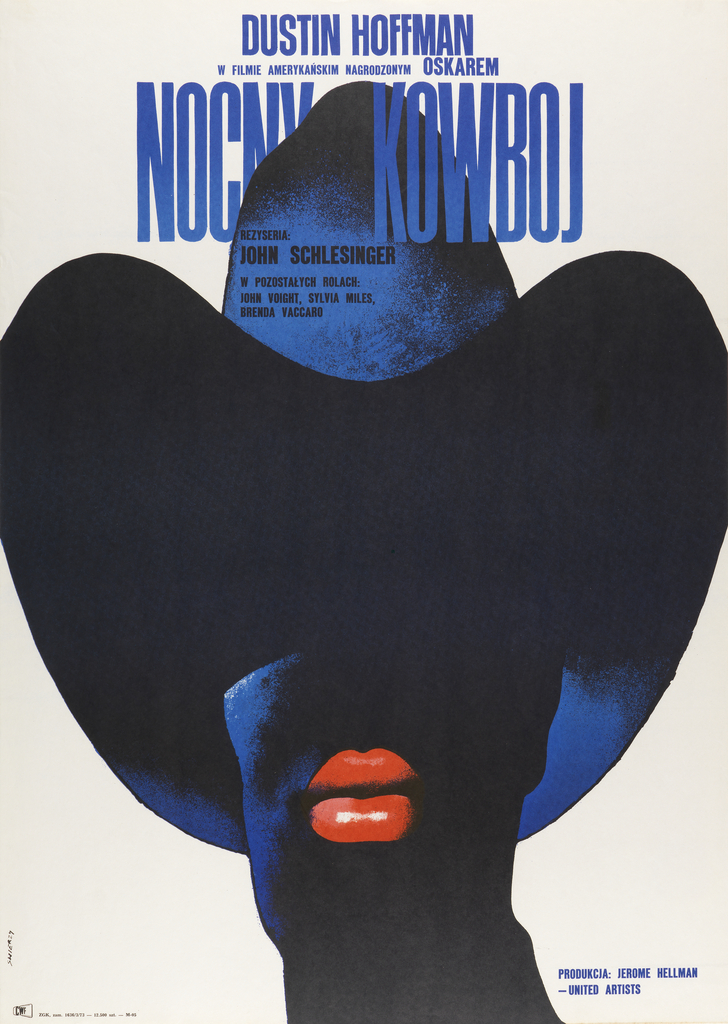Art Sims (American, born 1954) has designed graphics across entertainment media, but his most famous and prolific work is that for film posters. His collaboration with Academy Award–winning filmmaker Spike Lee (American, born 1957), in particular, has produced some of his most iconic designs. Sims was first drawn to Lee’s work after seeing Lee’s first...
In recognition of National Hispanic Heritage Month (September 15-October 15, 2019), this week’s Object Of The Day posts celebrate Latinx designers’ works in the collection. This post is written by Maeve Coudrelle. The Cuban Revolution of 1959 brought major changes to the country’s cultural fabric. Less than three months after the new revolutionary state came...
Australian graphic designer Mark Gowing designed this poster to advertise the film Tyson, a documentary about the controversial and legendary boxer Mike Tyson. The critically-acclaimed film was directed by James Toback, and closely follows Tyson’s career and personal life through lengthy interviews and archival footage. For his poster design, Gowing adapted elements from the graphic...
Constraints are often said to offer the best conditions for creativity. During the communist era, Polish graphics flourished. Due to the lack of external influences, poster designers needed to create their own isolated yet diverse visual language.[1] Cut off from Western iconography, these creatives were tasked with advertising the few American films that penetrated the...
Andrzej Pagowski is a leading member of the third generation of the Polish School of Poster Art. By actively interpreting a subject with emotionally charged images, often drawn or painted by hand, these designers tell stories through the medium of the poster. Pagowksi created this poster for the Polish distribution of Roman Polanski’s legendary 1968...
It is fascinating to compare the visual concept behind Hans Hillmann’s poster Panzerkreuzer Potemkin (Battleship Potemkin) for the 1966 German rerelease of Sergei Eisenstein’s 1925 film with that of Stanislaw Zamecznik’s for the same film dating a year later in Poland. It is hard to imagine a more minimalist design than Hans Hillmann’s striking composition....
While many film and theater posters entice viewers with direct eye contact and a strong emotional connection, others build tension by denying that basic human satisfaction. The giant brimmed hat featured in Waldemar Swierzy’s 1973 film poster for Midnight Cowboy hides the character’s eyes. The portrait focuses our attention on the man’s full, ripe lips while...
